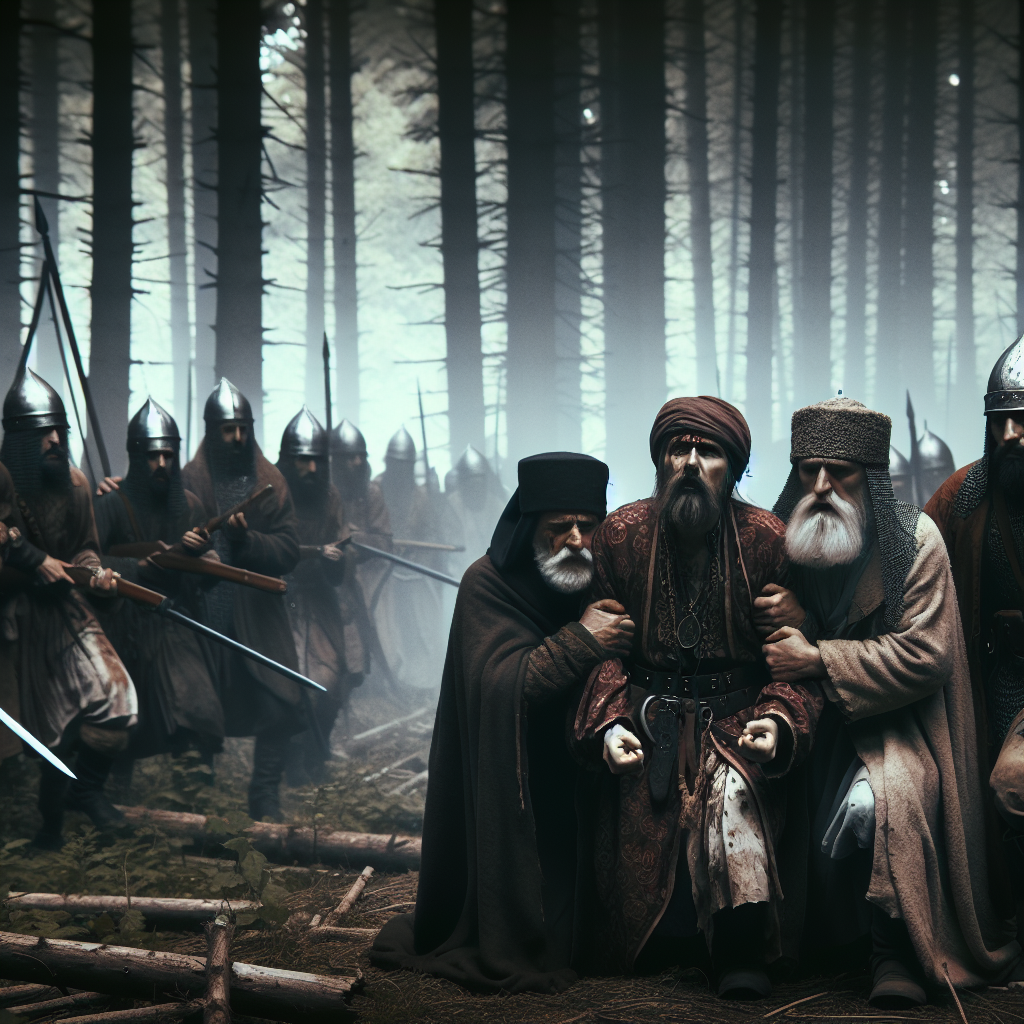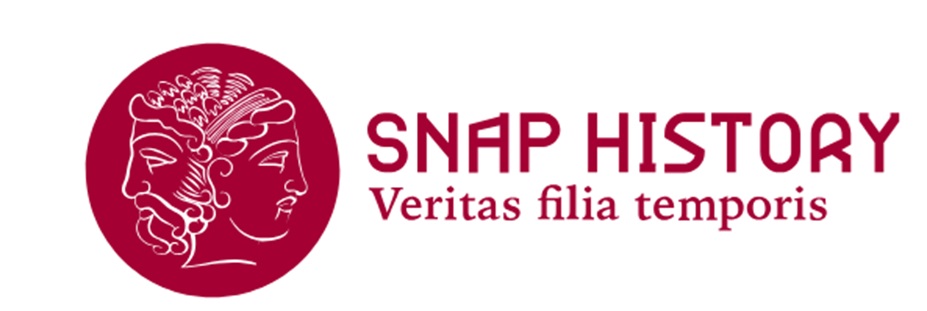Medieval bacteriological warfare
Vlad III against the Turks

Wallachian prisoners sent against Ottoman soldiers – AI-generated image
In 1461, Vlad III Dracula began his second rule over Wallachia (he would serve as *voivode*, or prince, of this land three times in total). He had recently formed an alliance with the Catholic Kingdom of Hungary, effectively reopening hostilities against his former allies, the Turks under Mehmed II “the Conqueror,” once a friend during his captivity at the Sultan's court. Being the astute politician and military strategist that he was, the Impaler [Vlad III] knew well that his forces could not stand up to those of the Sultan. So, after brief skirmishes in the forests of Wallachia, he decided to implement a "scorched earth" strategy, burning his own villages and poisoning rivers to exhaust the Ottoman forces, buying time for his men to retreat (similar to what Tsar Alexander would do against Napoleon almost four centuries later).
But Vlad did not stop there. He also freed all prisoners—criminals, the ill, and the infirm—and sent them directly toward Mehmed's forces. Although militarily futile, as they were quickly massacred, Vlad’s broader aim was clear. By acting ruthlessly and strategically for a greater cause, he intended to spread diseases among the Turks, weakening their ranks with illness before a direct assault. The plan worked, and the following night, Vlad launched an ambush on the enemy camp, whose troops were already struggling with poor health, bringing him within reach (the only man in history) of killing his friend and rival, the Sultan.
Historically, Vlad III’s approach can be considered one of the earliest examples of biological warfare, executed with the intent of spreading disease among the enemy ranks through human carriers.
Though this tactic did not secure Vlad’s throne, he was the only European leader to put the Ottomans in such dire straits.
Locatelli Marco, "Da Dracula al Conte Dracula" , 2021
2025-09-01
Salvatore Ciccarello
